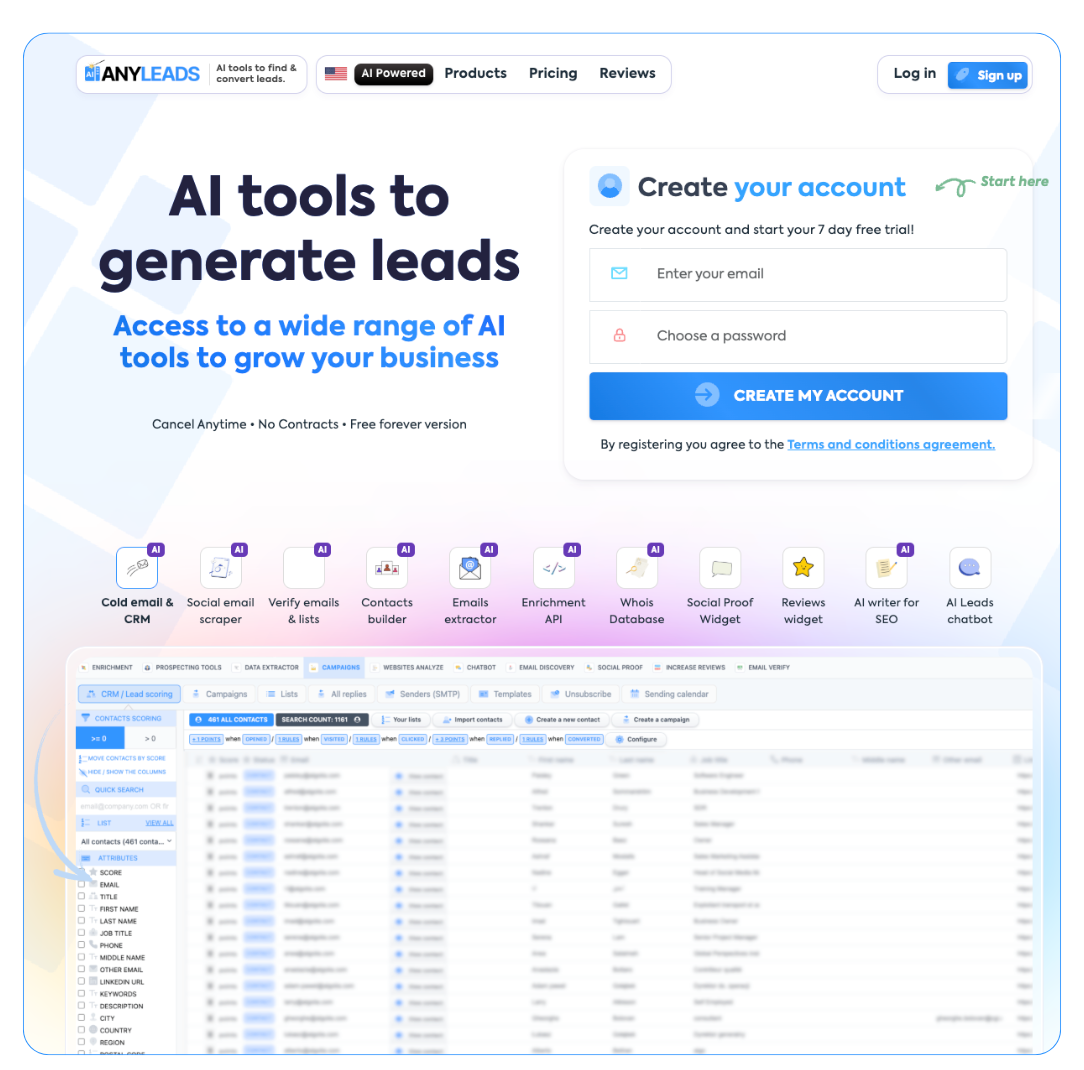 LIMITED SPOTS
All plans are 30% OFF for the first month! with the code WELCOME303
LIMITED SPOTS
All plans are 30% OFF for the first month! with the code WELCOME303

 LIMITED SPOTS
All plans are 30% OFF for the first month! with the code WELCOME303
LIMITED SPOTS
All plans are 30% OFF for the first month! with the code WELCOME303


Picture a startup eyeing a niche SaaS reseller with strong monthly recurring revenue and a CRM full of qualified leads. The opportunity looks perfect on paper, but without a forecast linking lead velocity to cash flow, the numbers won’t convince investors.
Successful acquirers turn those sales metrics into a revenue thesis, comparing funding routes, modeling payback timelines, and preparing documentation that shows both discipline and upside. It’s not just about buying a business; it’s about proving you can sustain and scale what you’re purchasing.
The way you finance the deal can determine both risk exposure and long-term control. Each funding path has unique trade-offs that depend on credit, collateral, and appetite for equity sharing.
Bank Loans: Offer lower interest rates but demand strong credit history and detailed documentation.
SBA Loans: A popular choice for first-time buyers of established small businesses due to longer repayment terms and lower down payments.
Equity Investors: Provide capital and expertise but often require a share of ownership.
Revenue-Based Financing: Allows payments that fluctuate with monthly revenue, ideal for businesses with seasonal cycles.
Many founders researching acquisition funding look to structured lending programs that focus specifically on mergers and purchases. Learning how a business acquisition loan is typically structured helps clarify how lenders evaluate a deal, what they consider valuable, how they assess collateral, and how repayment schedules are built around cash flow rather than fixed milestones.
After verifying the sales data, the next step is modeling the investment’s payback period. Lead velocity, win rates, and contract value form the core metrics for forecasting. If the company converts 20% of 400 monthly leads at an average deal size of $6,000, that translates to roughly $480,000 in potential new monthly revenue before expenses.
From there, adjust for churn, margins, and working capital. Build three scenarios (conservative, expected, and growth) to demonstrate how the business performs under different market conditions. Lenders appreciate forecasts that balance optimism with realism, especially when backed by real CRM metrics.


Once the funding path is chosen, preparation determines how smooth the approval process will be. A lender’s primary concern is stability, both in your financial standing and in the target business’s performance.
Your documentation should include:
Several years of tax returns and profit-and-loss statements from the target company
Cash flow projections showing loan repayment capacity
CRM exports validating recurring revenue and lead conversion data
Proof of liquidity for down payments and reserves
A professional business plan outlining management strategy and post-acquisition integration
AI analytics can uncover subtleties in the sales pipeline that humans often overlook. They can identify which lead sources produce the highest customer lifetime value, boost lead generation, detect early churn indicators, and forecast future deal velocity.
Using AI-generated insights in your acquisition model strengthens the financial narrative presented to lenders. It moves the discussion from projection to probability, showing that you’ve considered performance drivers at a granular level. The stronger your data-based reasoning, the easier it becomes for lenders to see the deal’s logic.
Timing matters as much as preparation. Reach out to potential lenders early to understand their approval timelines and typical loan-to-value ratios. This early step helps refine your purchase strategy before committing to an offer.
Keep your credit utilization low, maintain clean banking records, and avoid large personal withdrawals while your application is under review. Lenders generally expect down payments ranging from 10 to 25 percent, so having liquid funds ready shows credibility.
During underwriting, respond promptly to requests for updated statements or CRM reports. Treat the process as a collaboration, not a formality; the smoother the communication, the faster the closing.


Even well-prepared acquisitions encounter friction. Recognizing potential pitfalls helps keep the deal on course.
Overestimating Synergies: Integration takes longer and costs more than expected
Neglecting Working Capital: The purchase price rarely covers immediate cash needs after closing
Incomplete Data Migration: Losing CRM records during transition can interrupt the sales pipeline
Staff Attrition: Retaining key salespeople prevents performance drops during ownership change
Once financing is approved, your focus should shift to stability. Preserve the sales structure that works before introducing major changes. Meet the sales team personally, communicate your long-term vision, and clarify that customer relationships remain a top priority.
In the first ninety days, track three metrics closely: lead velocity, conversion rate, and revenue retention. These numbers reflect the health of your acquisition and guide early optimization. Consistency in this period reinforces your credibility with lenders and investors, paving the way for future expansion.
Financing a sales-led acquisition blends financial insight with operational strategy. Founders who ground their decisions in CRM data, create transparent payback forecasts, and approach lenders with thorough preparation are far more likely to succeed.
Picture a startup eyeing a niche SaaS reseller with strong monthly recurring revenue and a CRM full of qualified leads. The opportunity looks perfect on paper, but without a forecast linking lead velocity to cash flow, the numbers won’t convince investors.